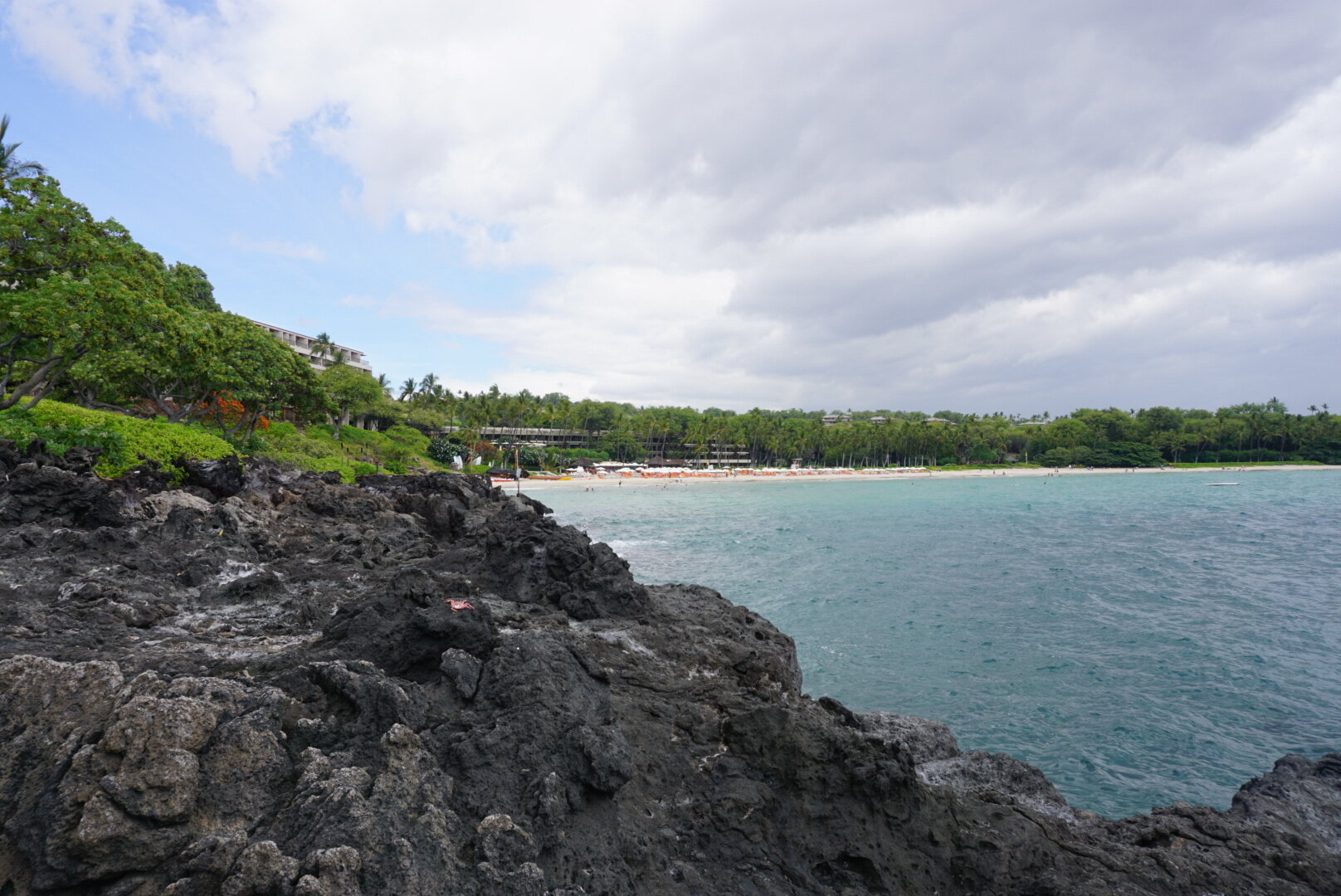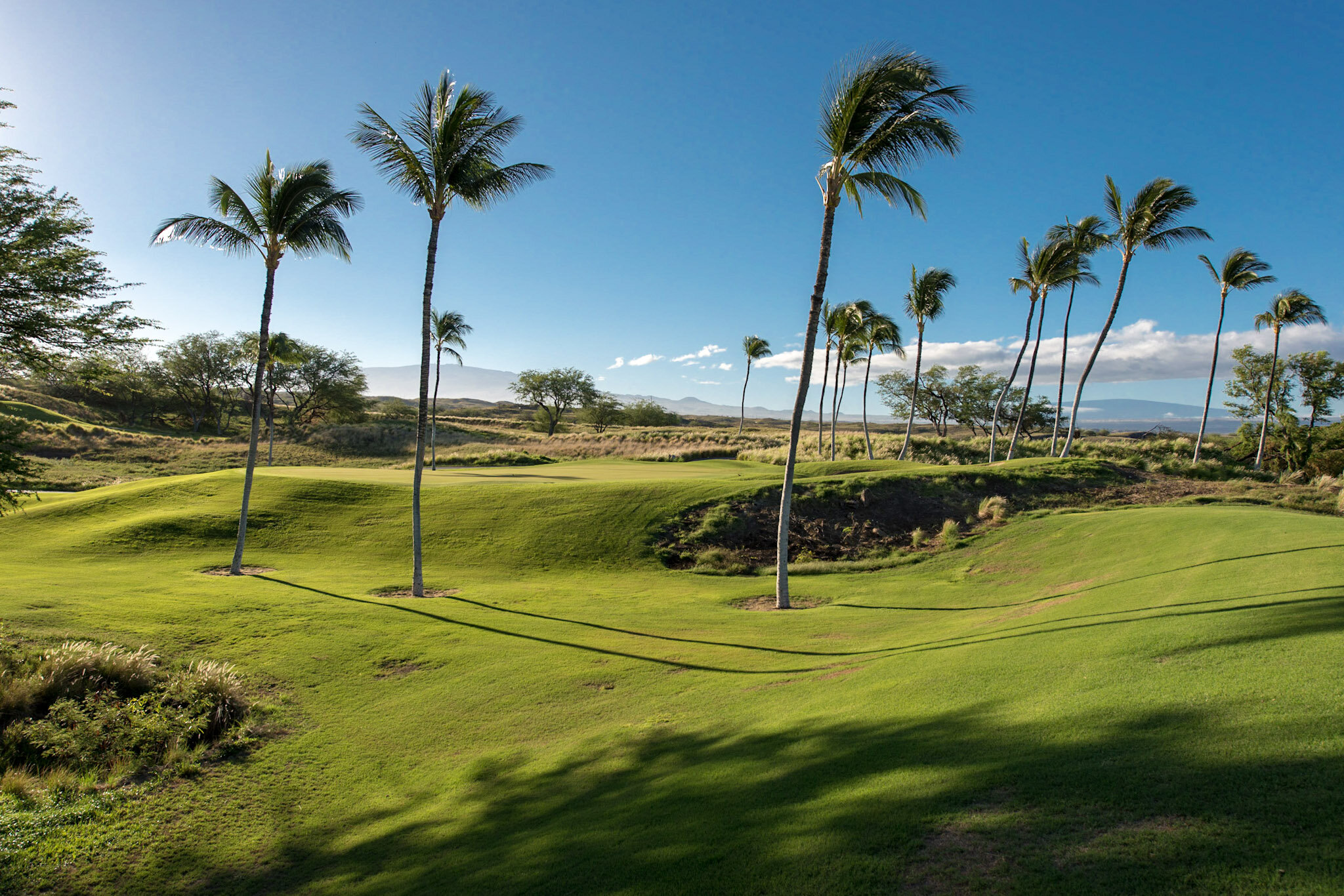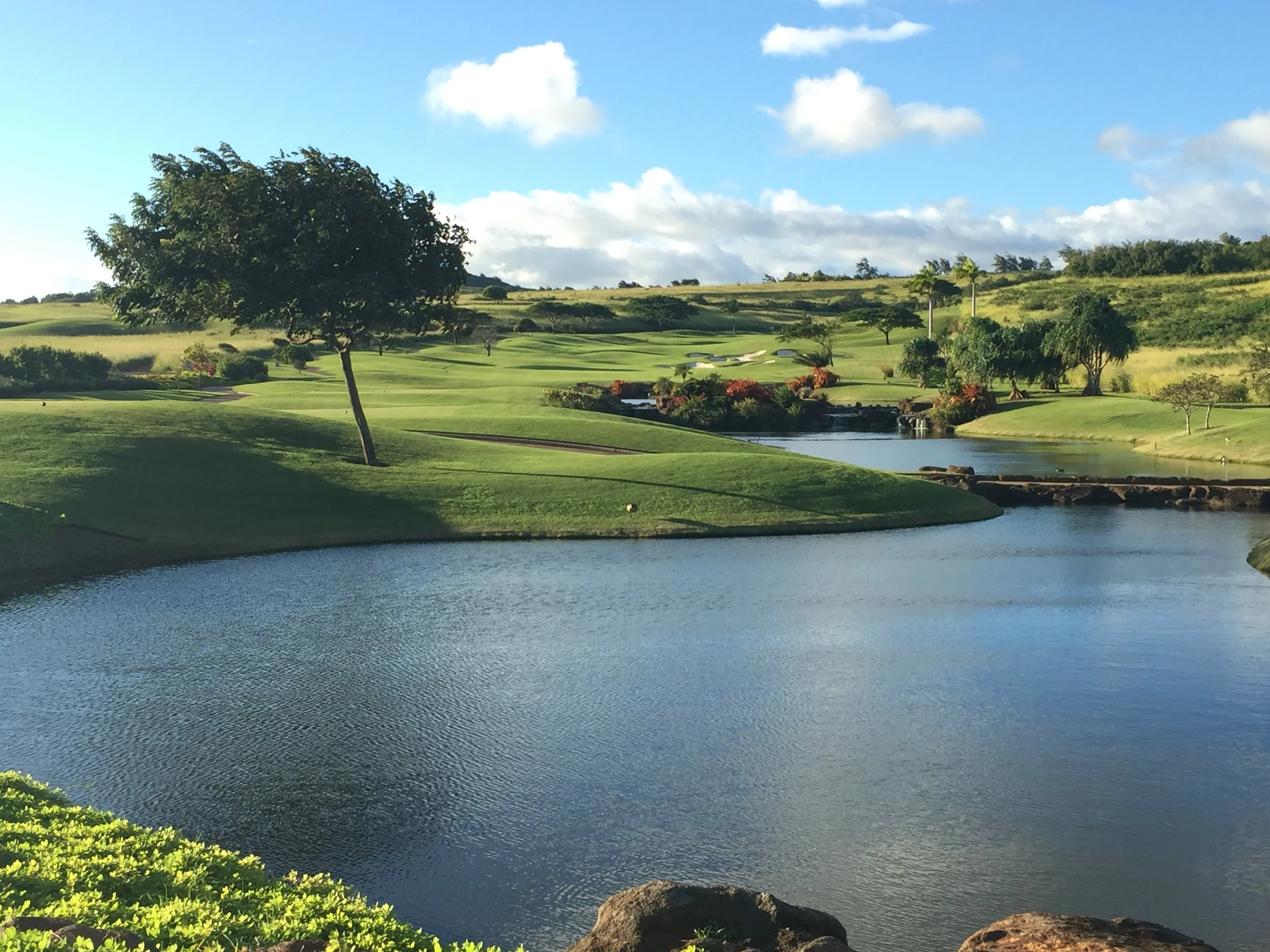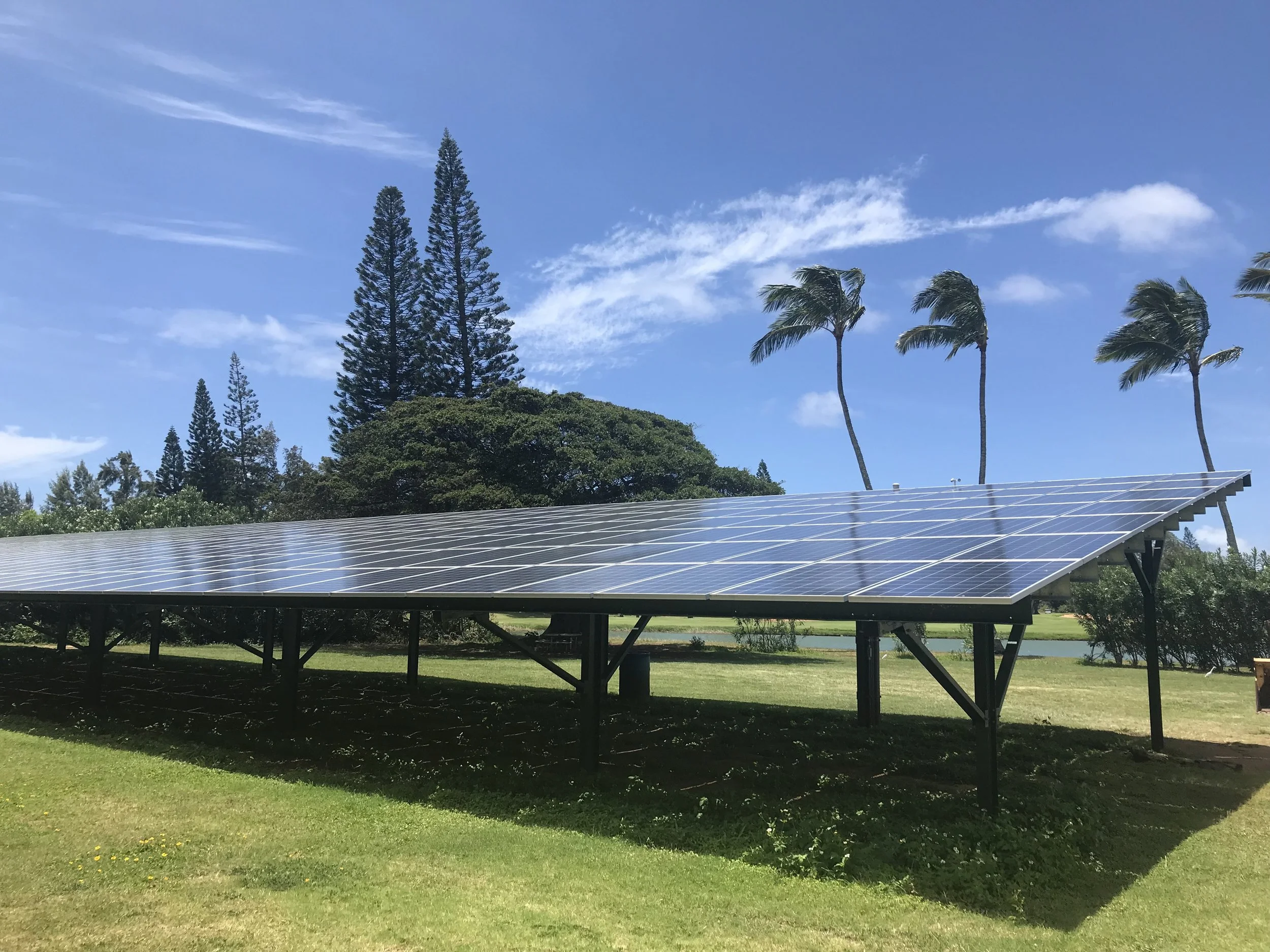Introduction

KULEANA TO OUR LAND AND COMMUNITIES
The State of Hawai’i is a desirable destination and host to visitors, residents, new developments, and golf courses. Vast coastal areas, available water sources, and diverse native flora and fauna have made golf in Hawai’i one of the most enjoyable experiences in the world. The Hawaiian Island chain possesses 10 zones of the Köppen Climate Classification System, the most widely used system adopted by climatologists for identifying and defining worldwide climate zones. It is essential for sustainable conservation management to have an understanding and knowledge of the microclimates and meteorological conditions. The fragile ecosystems in the State of Hawai’i need guidelines and protection to preserve this sensitive environment beyond the Environmental Protection Agency (EPA), Federal, and State regulatory agencies. All members engaged in the Hawai’i golf industry or new developments need to be responsible stewards and abide by best management practices (BMPs) when creating, managing, and maintaining a golf course synergistically with surrounding communities and ecosystems.
The Hawai’i Golf Course Superintendents Association (HGCSA) Hawai’i Handbook of Golf Course Maintenance Best Management Practices provides a concise overview of 12 BMPs in golf course maintenance to support environmental stewardship and optimal course conditions in the state of Hawai’i. Our goal is to create and maintain courses that are ecologically functional and healthy green spaces, honoring the land, tradition, and people of Hawai’i, while contributing to the local economy.
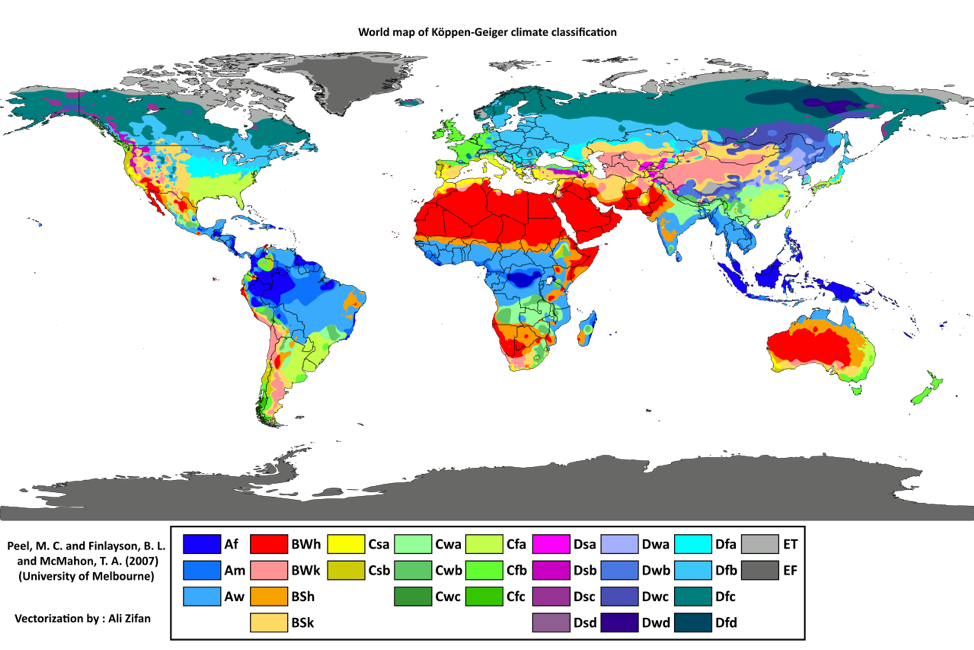
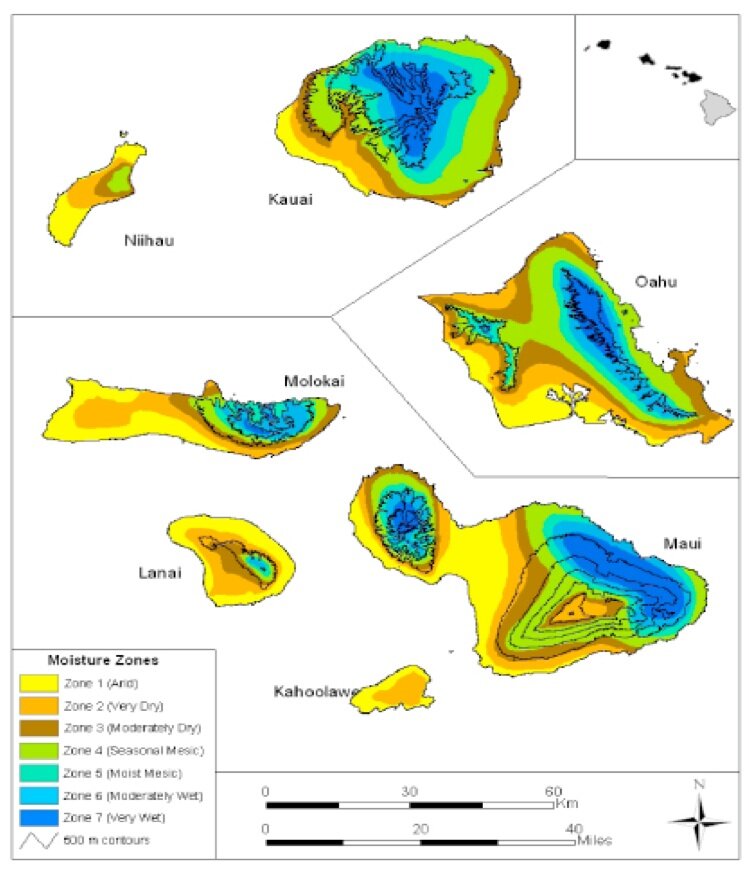

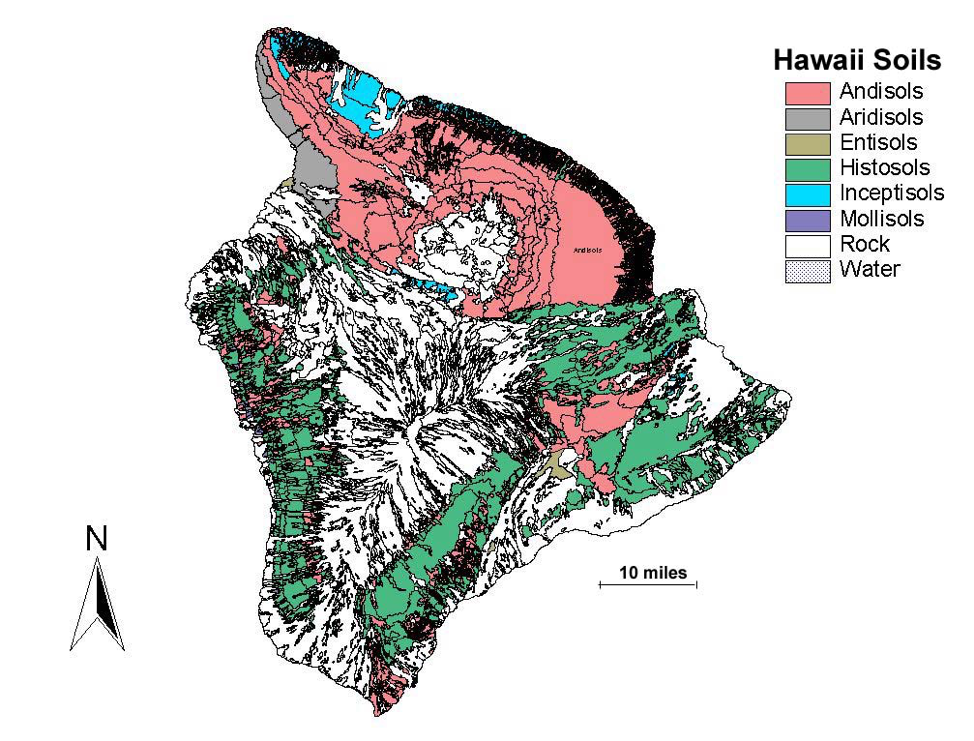
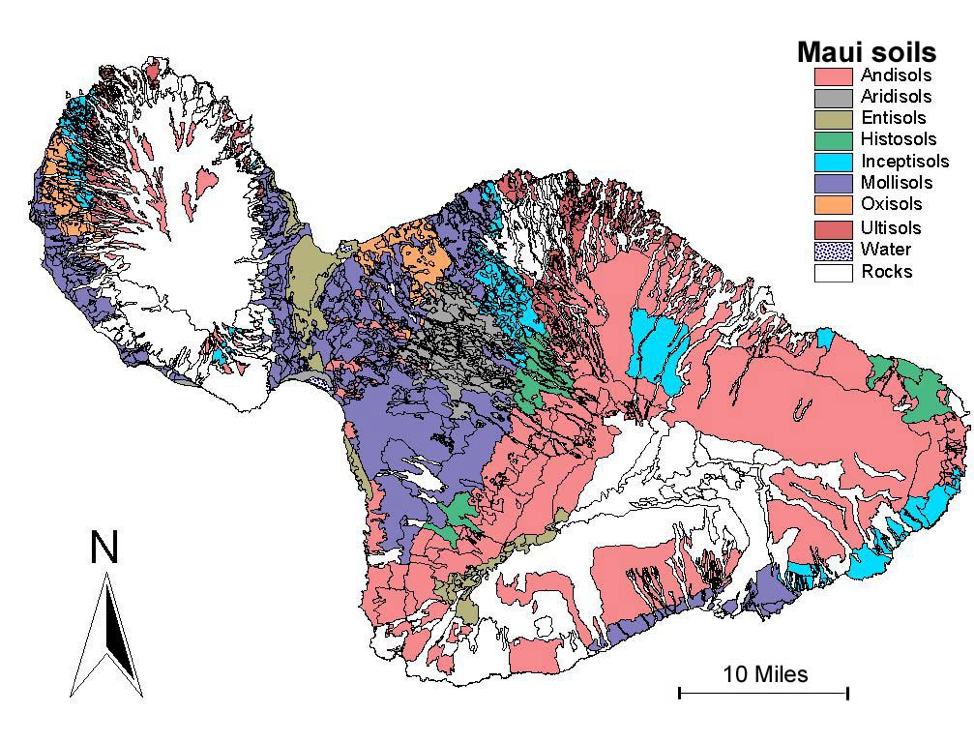

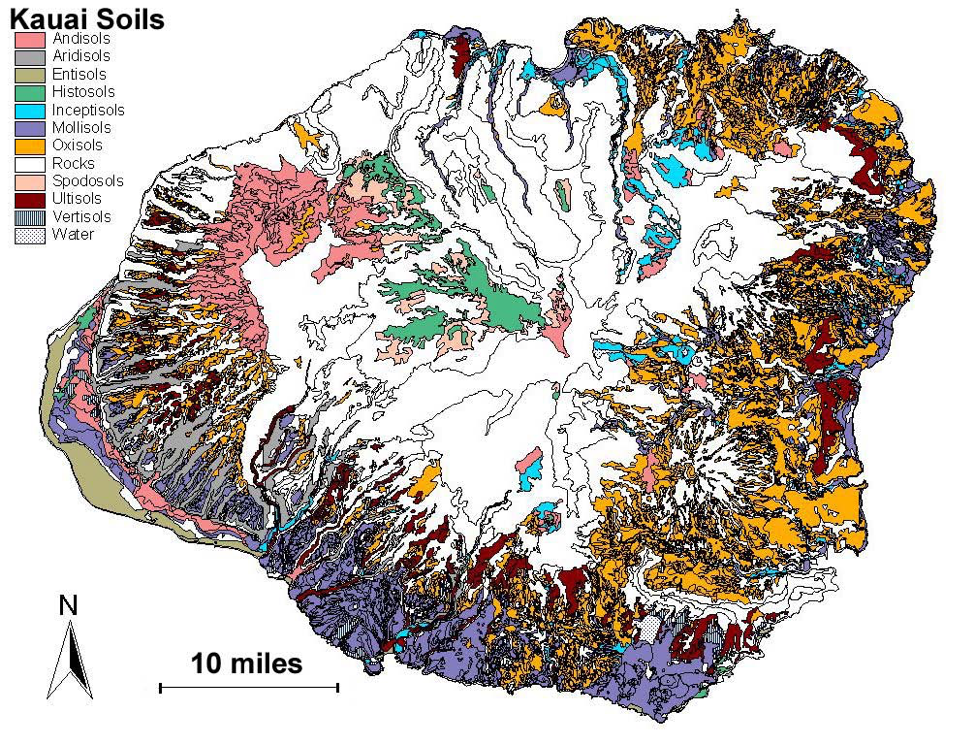
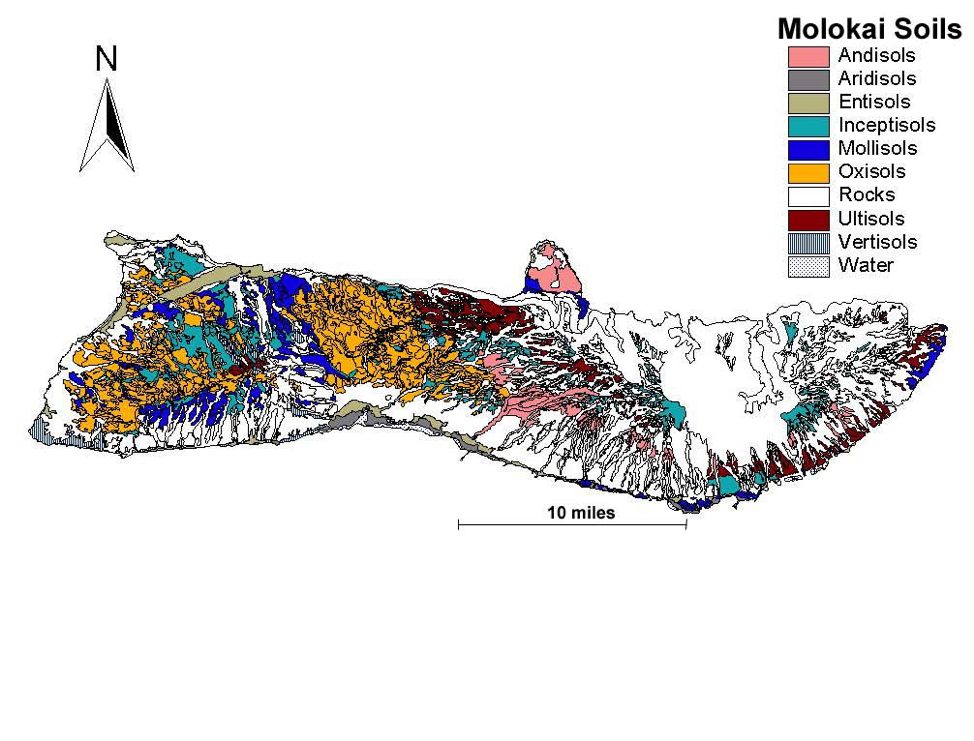
The HGCSA represents 125 members within the state. Our ‘ohana includes superintendents, agronomists, assistant superintendents, mechanics, greenskeepers, and industry suppliers. We believe it is our kuleana (responsibility) to our land and communities to operate using sustainable methods of natural resource management. This handbook provides guidance for all areas of golf maintenance for golf courses of all sizes, with BMPs specific to our state. Our goal is to promote environmental stewardship, community engagement, and the overall health of the Hawai’i golf and tourism industries.
BMP guidelines for nutrient, energy, biodiversity, and water management are important for all golf courses in Hawai’i – they provide a roadmap for superintendents and a resource for additional stakeholders including golf professionals, general managers, owners, regulators, lawmakers, our communities, guests, members, and resorts. Examples of items which affect BMPs that are unique to Hawai’i include climate, geography, salinity levels, native plant and wildlife, and turf grass species - all impact water and nutrient management, cultural practices, energy, and pest management.
The Golf Course Superintendents Association of America (GCSAA), supported by the United States Golf Association (USGA) and PGA TOUR, initiated a nationwide initiative by providing state associations with a general BMP handbook and resources to develop and adopt guidelines specific to each state. Our handbook customizes content to address local sustainability needs, aligning with the state’s Sustainable Hawai’i Initiative, and regulatory areas of importance.
The BMPs are structured within 12 sections: Planning Design and Construction, Archaeological Awareness, Pollinators, Wildlife Protection, Irrigation, Surface Water Management and Water Quality Monitoring, Nutrient Management, Cultural Practices, Integrated Pest Management, Pesticide Management, Maintenance Operations, and Energy.
The HGCSA BMP Steering Committee, comprised of six superintendents representing different counties, plus three experts from the Hawai’i regulatory community, University of Hawai’i, and sustainability field, authored each of the twelve sections. The committee worked with Radius Sports Group, a sustainability consulting firm, to develop the handbook. The handbook was reviewed by leaders in the golf maintenance, architectural, construction, regulatory, academic, and sustainability fields.



